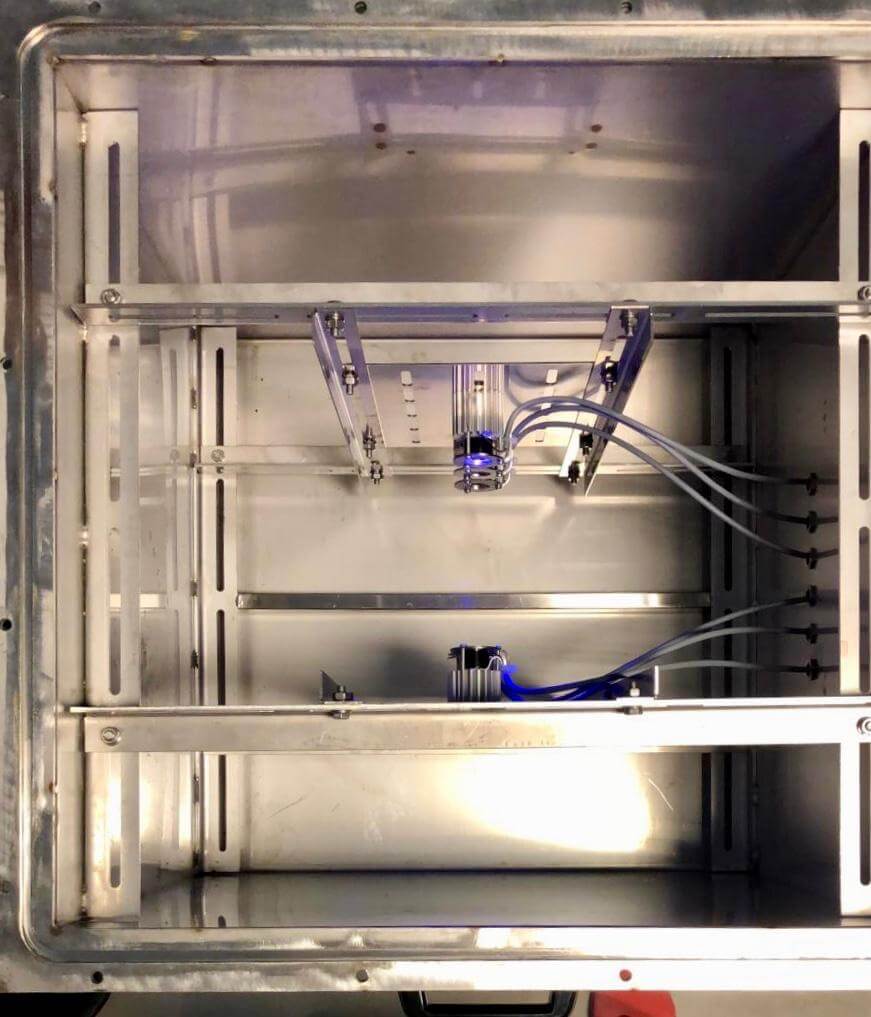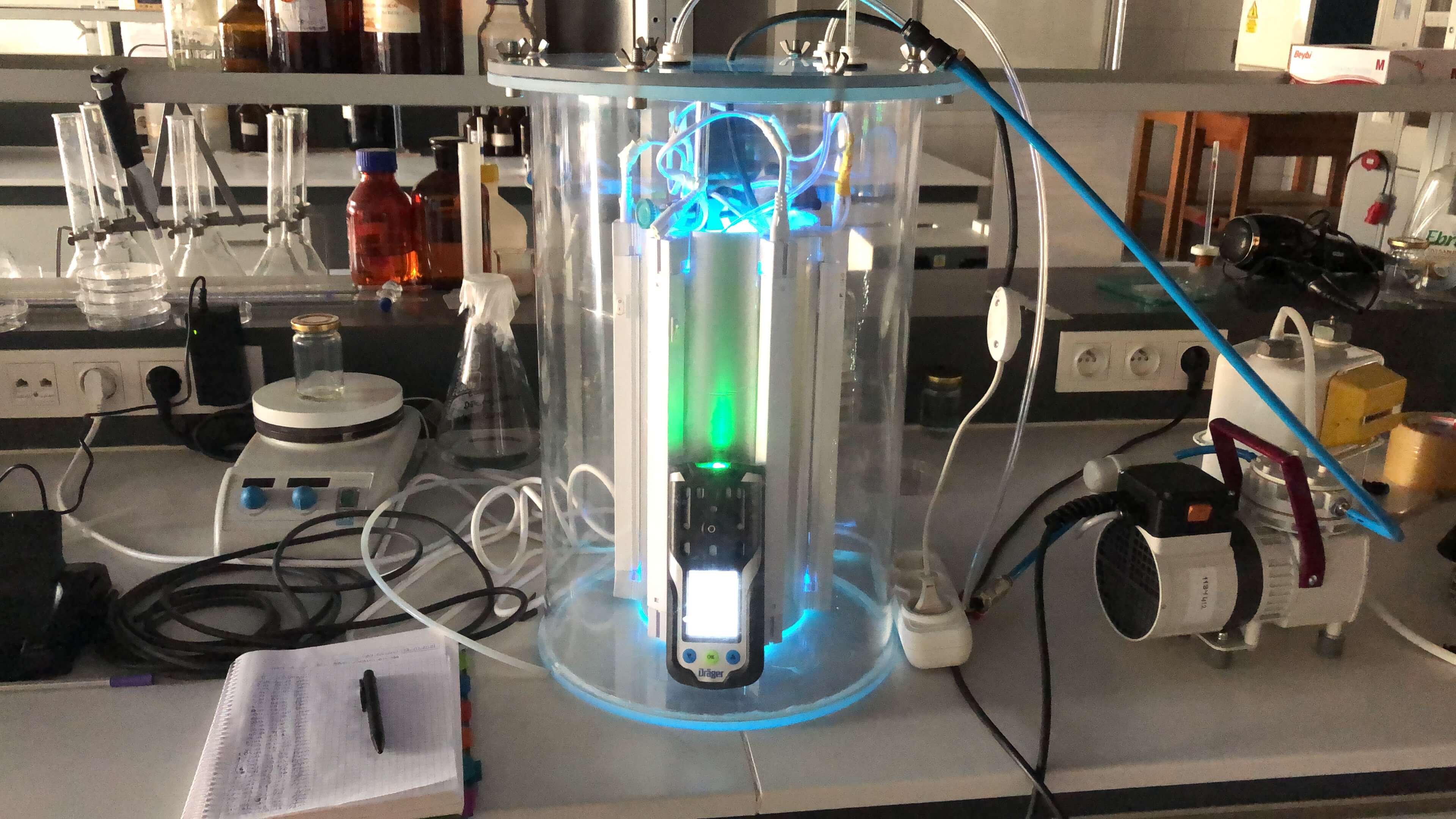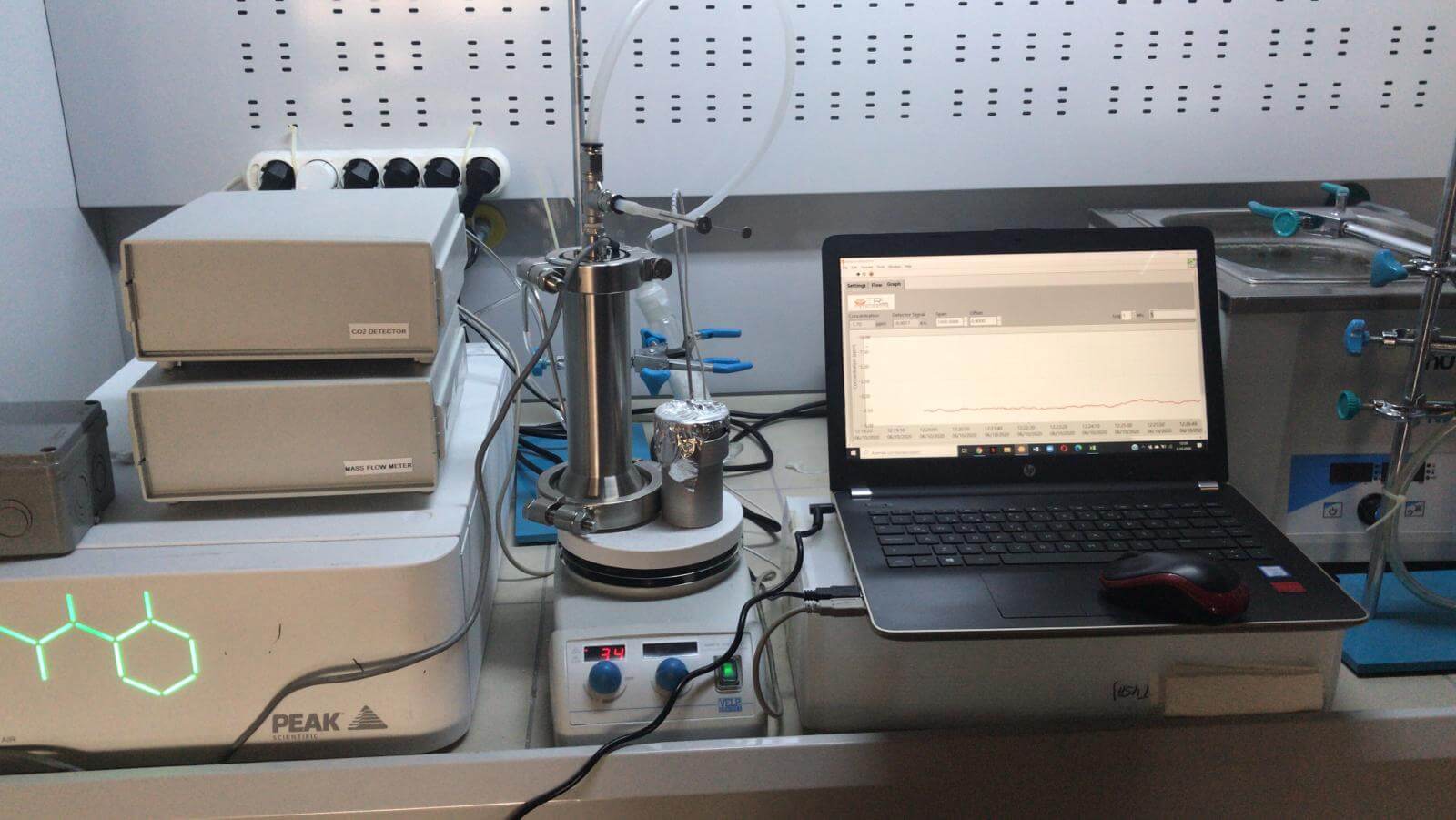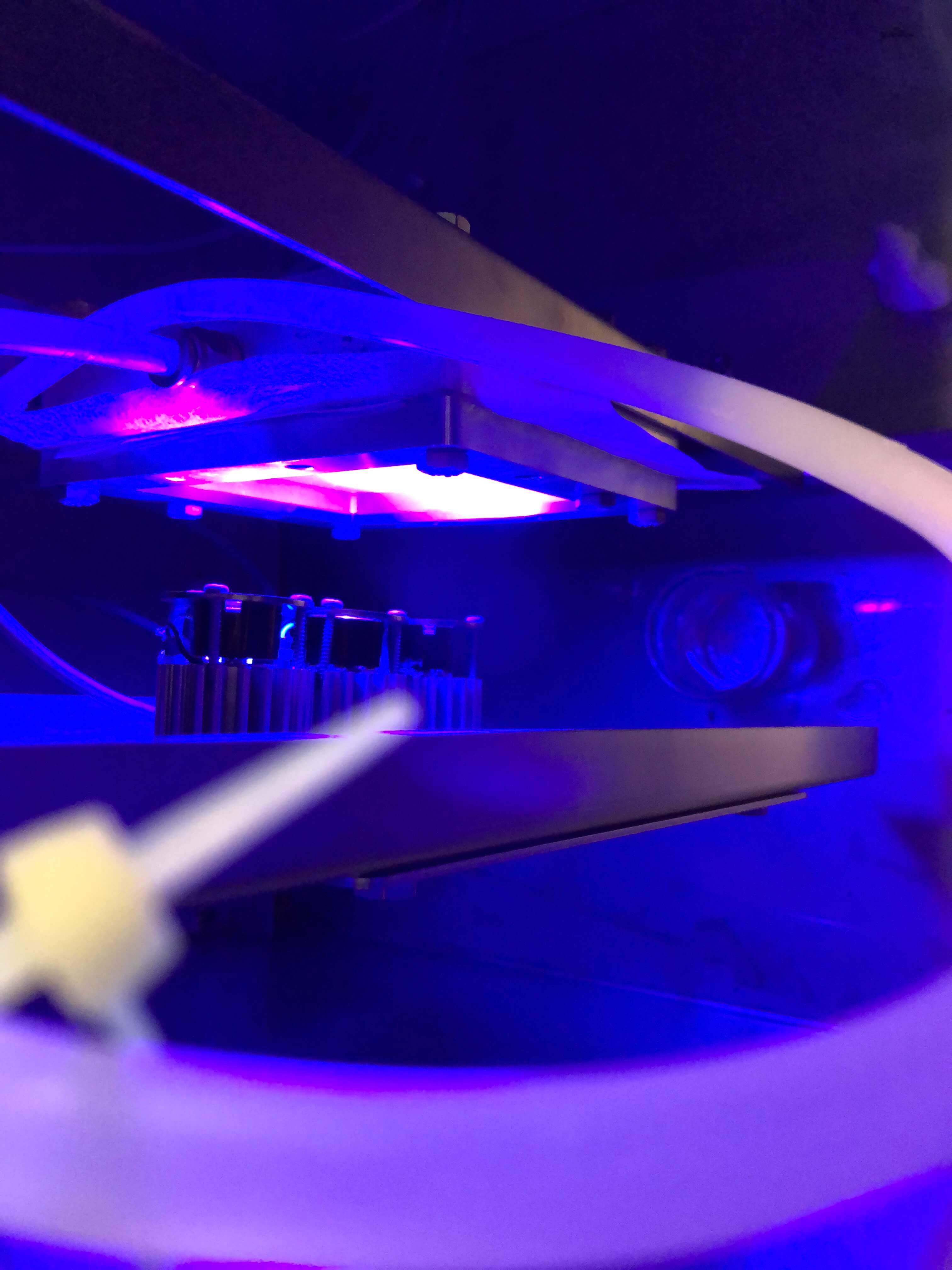Development of Polymeric Nanofiber and Reticulated Ceramic Photocatalyst Filter System with Novel Approaches for Removal of Volatile Organic Compounds at Indoor Air
In cities, people spend 80-90% of their time indoors, therefore the quality of the indoor environment has become an important health issue in recent years. Recent researches have shown that the indoor environment may contain higher levels of pollutants than outside levels. Volatile organic compounds (VOCs) from these pollutants have a large portion of quantity and are one of the main causes of the illness called "Sick Building Syndrome" in particular. Different technologies can be used for the removal of VOCs. From the technological future trends of the studies in the literature, it is concluded that the ideal technology is photo-oxidation for VOC removal but it should be used as an auxiliary mechanism together with adsorption. The implementation of these two mechanisms in a filter system is the main idea of the project. Moving forward in material/process development technology and bringing together the knowledge of researchers from different disciplines and developing viable and sustainable filter modules to improve indoor air quality has been the main motivation factors. The main mechanism proposed in the project is the mineralization of VOC by photocatalytic oxidation on the surface of TiO2/ZnO-based photocatalysts. Two of the most important factors affecting the efficiency of this mechanism are the sustainable reusability of the photocatalysts, which will need to be adsorbed to the surface of the VOCs in low concentrations in the ambient air and to reduce contact with the photocatalyst. Therefore, in order to provide the basic reaction, the photocatalysts need to be used in an appropriate support structure considering these two factors. As support structures, two approaches are applied to develop photocatalyst-added filter materials which are ceramic and polymeric structures. The main target of the project is that these two materials will be realized with different approaches to the design of a highly efficient and modular filter design of simultaneous mechanisms with high oxidation efficiency and self-cleaning capability and high mechanical strength, which will provide rapid mass transfer for VOC removal from indoor air.
The ultimate goal of the project is to make R&D studies in which the membrane/filter materials and systems are produced/developed in our country and to contribute to the material-process development/implementation/design phases with the researchers' own area of expertise from different universities and as a result of the project, an efficient/applicable/sustainable filter module will be obtained.
Financial Supporter:
TUBITAK1001-ARDEB
The Duration of the Project:
01/03/2019 - 01/09/2021
Project Coordinator:
Assoc. Prof. Dr. Derya Yuksel Imer
Researchers & Collaborators:
Assoc. Prof. Dr. C.Elif Ozen-Cansoy (PRU)
Prof. Dr. Koray Ozturk (GTU)
Prof. Dr. H. Cengiz Yatmaz (GTU)
Scholars:
Esra Buyukada Kesici (PhD student)
Elifnur Gezmis Yavuz (PhD candidate)
Memnune Kardes (PhD candidate)
Mustafa Nawzad Taher (PhD candidate)
Dila Aydin (PhD student)
Gizem Basaran-Dindas (PhD student)
Ayşe Busra Ozcan (Bachelors student)
Project Consultant:
Prof. Dr. Kadir Alp (ITU)



